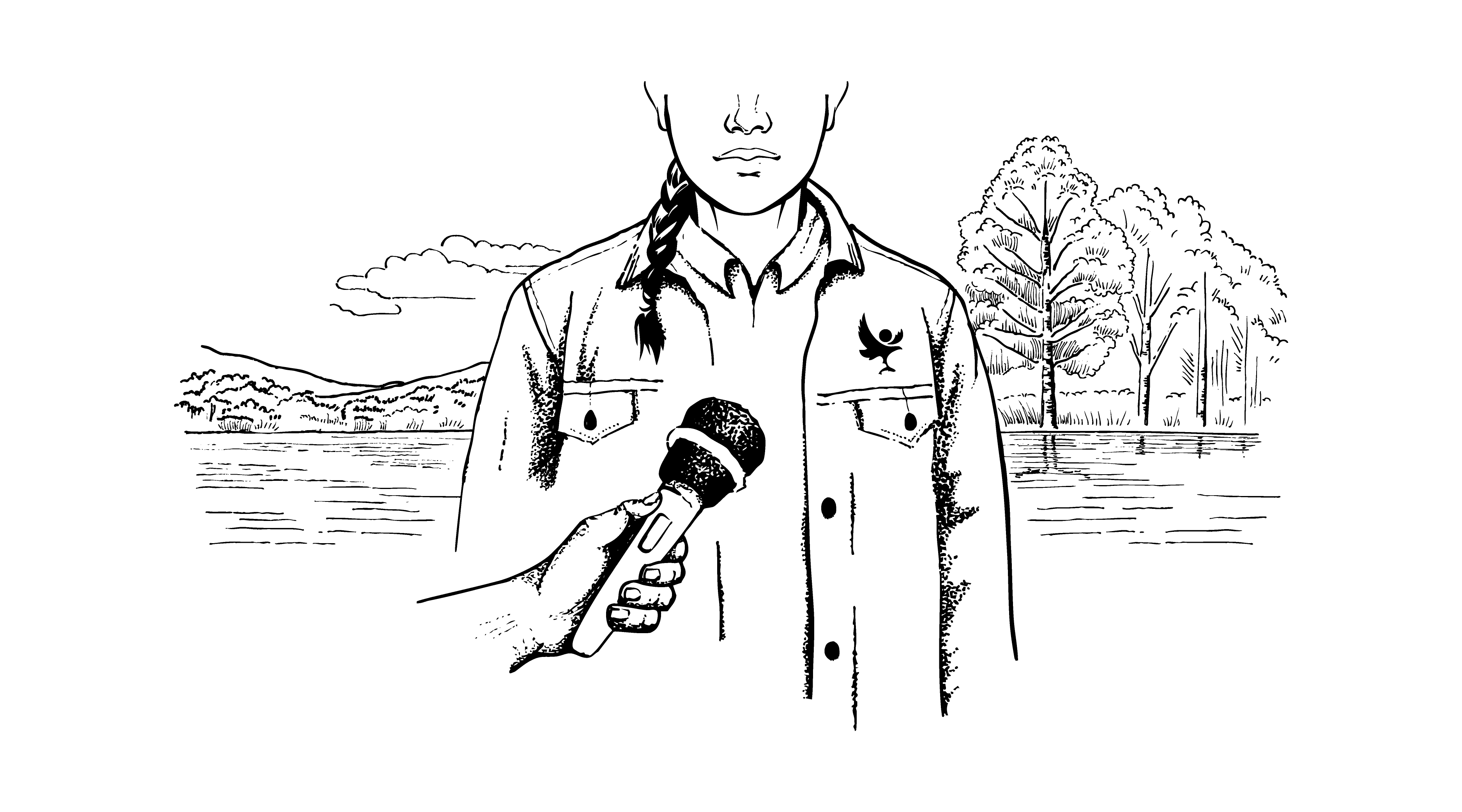Blog Post: Moorland Talk

Blog Post: Moorland Talk
Moorland Talk by Hamish Trench
The last few days has seen lots of comment and reaction to a report of a hare cull carried out by some estates in the Cairngorms National Park last month. Most of the responses to us have raised bigger questions about the role of management for grouse shooting in the National Park. The debate is about more than hares, it is about the way we use our uplands.
Moorland covers around 40% of the Cairngorms National Park, shaping much of the landscape and in December 2014 we set out a number of concerns about the way moorlands are managed in the National Park in a board paper
At the heart of this is a concern that management for grouse shooting has become more intensive over recent years and that we need to reset the balance to deliver more diverse habitat and species management. We have been straight-forward in setting out the changes we want to see in the National Park including native woodland expansion, restoring the missing mountain woodland, peatland restoration, increased raptor populations, reduction in landscape impacts from tracks and fences. Equally we see sport shooting continuing to be part of this landscape, integrated with other objectives. Some people are campaigning to ban grouse shooting, but that is not the position of the National Park Authority. Our focus is working on practical opportunities to deliver more diverse habitat and species management on the Cairngorms moorlands and we will continue to work with private, NGO and public land owners to progress this.
The concerns expressed to us about the culling of mountain hares highlight the issues in this debate well. It is of course legal to cull mountain hares outside the close season. In some places hares are culled to reduce damage to woodland regeneration, but the primary motivation for grouse moor managers is to reduce the prevalence of ticks. The question people reasonably ask is whether the scale of culls are appropriate and how do we know the impact on the hare population. This flags up the lack of information but also the underlying concern people have about the balance of management. In part better data can help this debate and we support the current work to establish better counts of mountain hare populations. But in large part this is about reaching a consensus on bigger questions about upland management. We can’t resolve these questions in the Cairngorms National Park alone, but it is a place where we should be, and are making progress in delivering more diverse habitat and better integration, which is why moorland management remains a priority for the National Park Authority.
Statement: Mountain hare cull
Alert
Latest from the National Park
Update on wildfire situation
Convener Sandy Bremner and Chief Executive Grant Moir have given an update on the ongoing wildfire situation.
Statement on wildfires
An update from Grant Moir, Chief Executive of the Cairngorms National Park Authority, on the ongoing wildfires in Moray and Highland.
New Nethy houses get green light
Meeting in Ballater, the Planning Committee approved applications for a development of 35 houses in Nethy Bridge and a floodplain restoration scheme on the River Dee.
Relevant alerts
-
As a result of ongoing efforts to tackle wildfires to the north of the Cairngorms National Park, several roads are currently closed. Scottish Fire and Rescue are in attendance and the public are advised to avoid the area, including footpaths. Road users are asked not to ignore road closed signs.
The affected roads are:
- B9007 Ferness to Duthil
- U2379 Lochindorb Road
- B939 Ferness to Grantown-on-Spey
- U2347 Braes of Castle Grant
For all the latest information check out the Scottish Fire and Rescue Service and Police Scotland website and social media.




